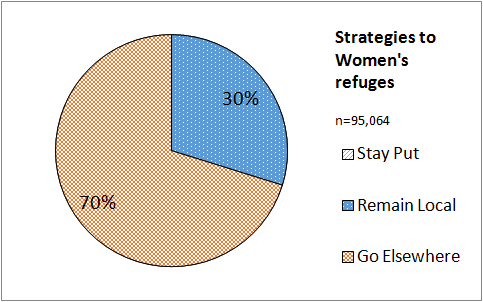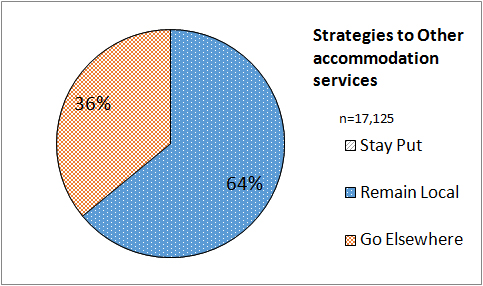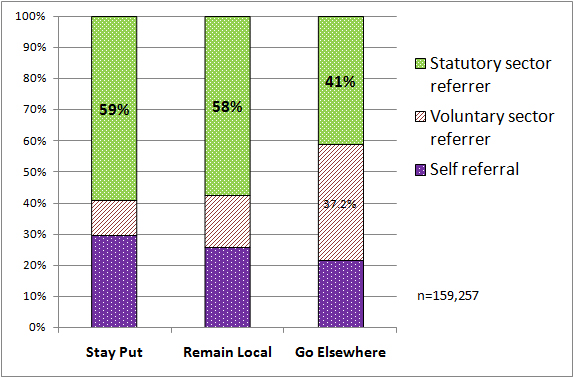Women and children forced to leave home due to domestic abuse need support and accommodation at the regional and national scale — not just the local scale.
And they need more than just a temporary roof over their heads — they need the understanding and respect of specialist domestic violence support. Such specialist support — of which women’s refuges are a key part — can never be taken for granted.
Refuges are under threat, not just from years of cuts to publicly-funded services, but from the very specific mismatch between the scale of funding and the scale of need.
Scale — in this case — is about geographical scale.
Women’s Refuges are still being planned and funded at the scale of local government; and yet it is primarily non-local women and children who need the refuge in any location.
The Domestic Abuse Bill proposes to keep this fundamental mismatch[1] — posing an existential threat to the future of women’s domestic violence refuges.
Local authorities are asked to assess the local need for accommodation services — without any recognition of the very different role of refuges compared to other accommodation services. And then, as an afterthought, they will be asked to consider the need for cross-border support…
Does this mean their women — travelling elsewhere for support — or women from elsewhere coming into their area for support? Or both?
Women’s strategy of relocating for safety shouldn’t be an afterthought.
This map shows just one year of women’s domestic violence journeys across borders to access formal services in England (so not any of the local services for local people)[2]:
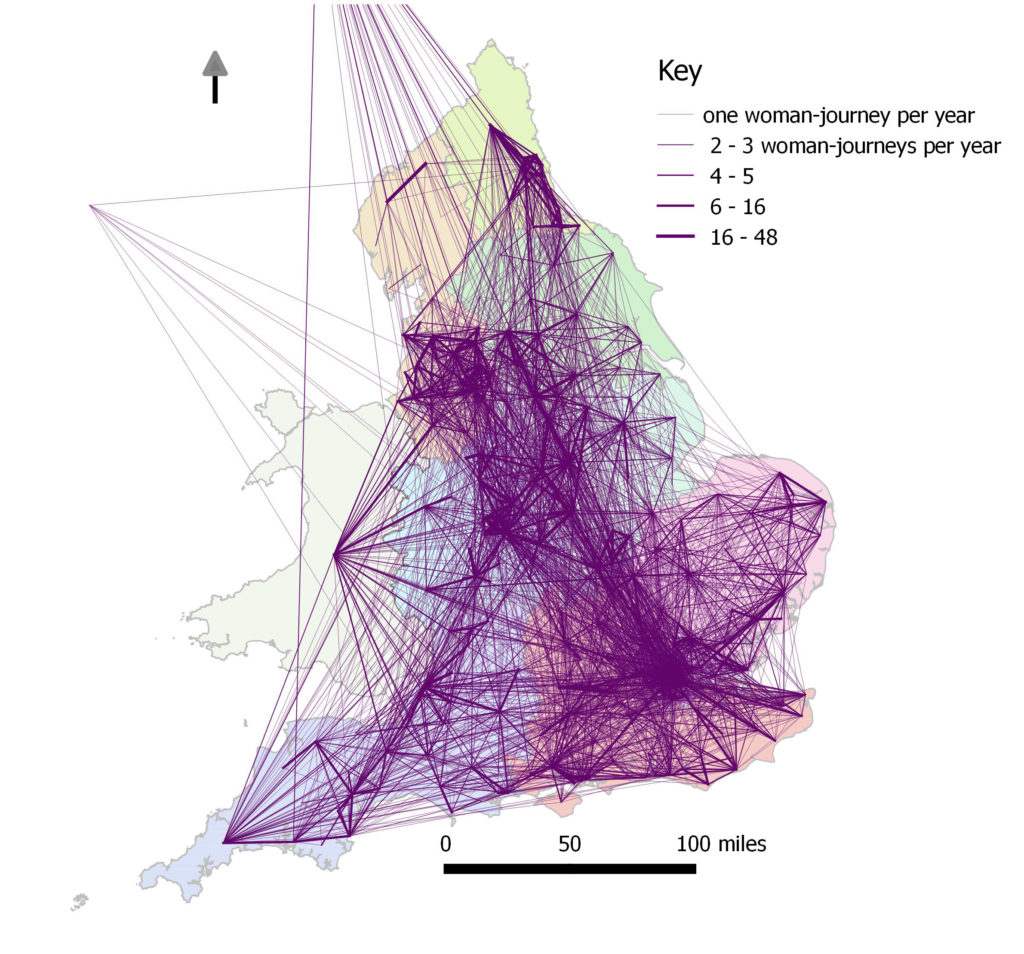
What does all this cross-border travelling mean for any particular Local Authorities?
Let’s look at Brighton and Hove and East Sussex councils, which have just decided to stop funding their local specialist domestic violence organisation, Rise[3].
In one year, women and children come from different English regions and Scotland to access services in the two authorities. But — and local authorities generally do not acknowledge this — more of their local women go elsewhere to access help.
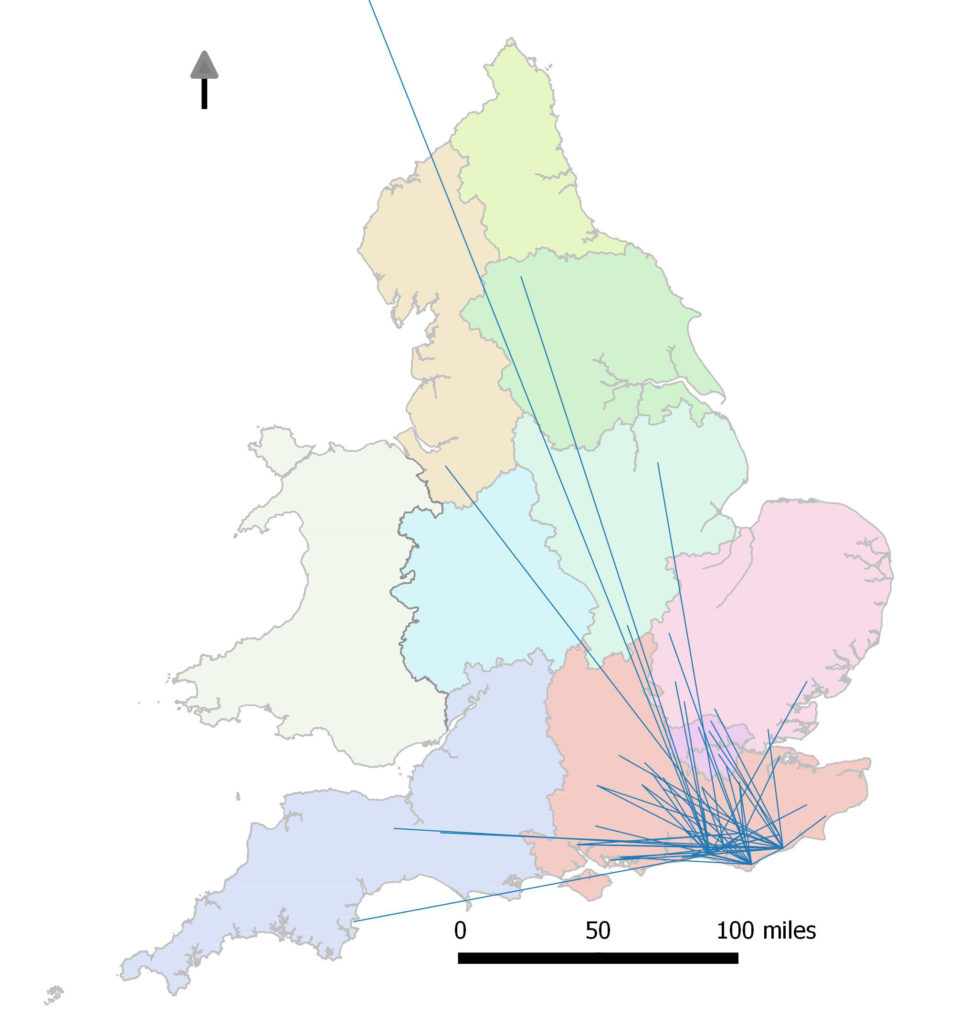
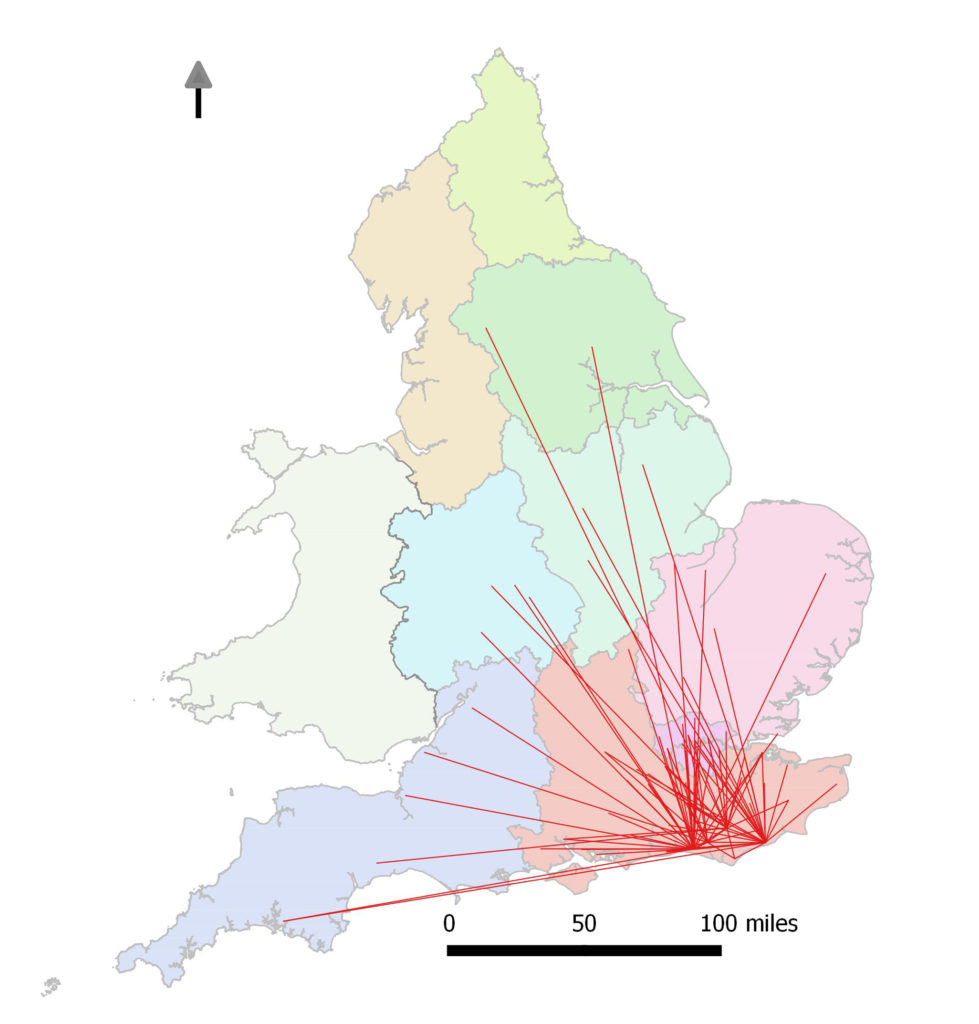
So Brighton & Hove and East Sussex need services in the rest of the country more than they actually support women and children from elsewhere.
Are councils really going to be able — or willing — to include all this in their needs assessments?
And — if they don’t — there isn’t going to be anywhere for women and children to go…
[1] https://www.gov.uk/government/publications/domestic-abuse-bill-2020-factsheets/local-authority-support-for-victims-of-domestic-abuse-and-their-children-within-safe-accommodation-factsheet
[2] Analysis by Janet C. Bowstead using data fromDepartment for Communities and Local Government and University of St Andrews, Centre for Housing Research (2012) Supporting People Client Records and Outcomes, 2003/04-2010/11: Special Licence Access [computer file]. Colchester, Essex, UK Data Archive [distributor]. Available from: http://dx.doi.org/10.5255/UKDA-SN-7020-1
[3] https://www.theargus.co.uk/news/19089879.rise-brighton-loses-13-million-seven-year-contract/
https://www.riseuk.org.uk/news/2021/latest-news-about-rises-funding

